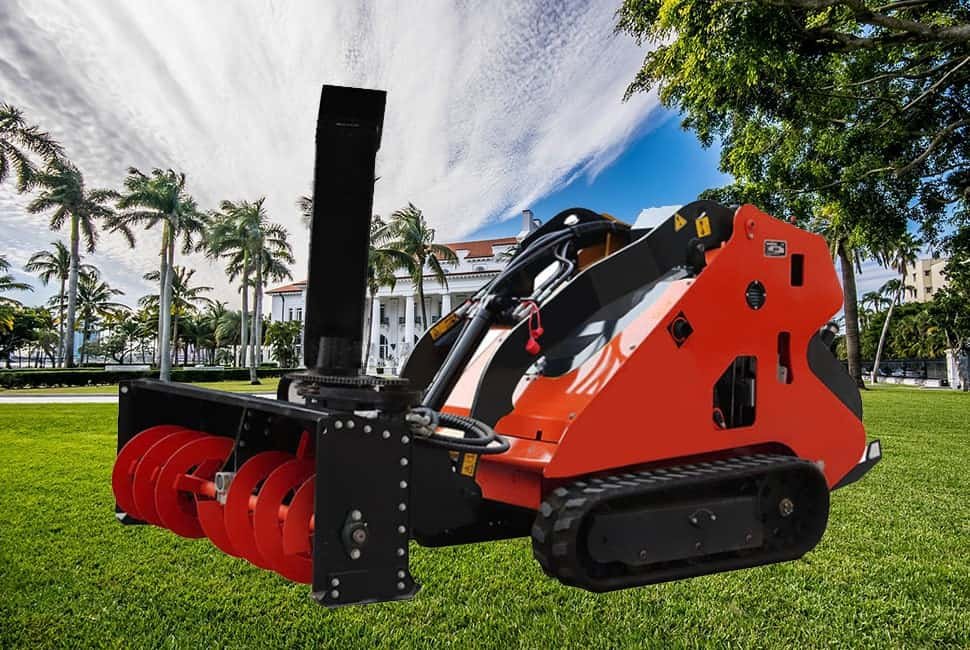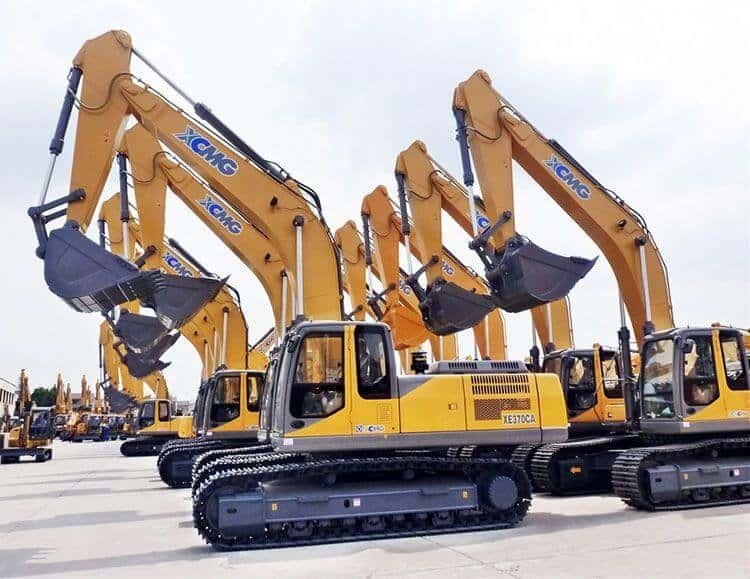
1. الاستعدادات قبل العملية
- تحقق من المعدات: تأكد من أن جميع مكونات الحفارة (مثل مستويات الزيت ، المبرد ، السائل الهيدروليكي ، إلخ) في حالة طبيعية.
- فحص السلامة: فحص البيئة المحيطة لضمان عدم وجود عقبات أو مخاطر السلامة في منطقة التشغيل.
- الحماية الشخصية: ارتداء معدات الحماية الشخصية المناسبة ، مثل القبعة الصلبة وسدادات الأذن والقفازات وأحذية السلامة.
2. بدء الحفارة
- أدخل الكابينة: تسلق إلى الكابينة باستخدام السلم أو الدرابزين والجلوس في مقعد السائق.
- حزام الأمان: اربط حزام الأمان.
- بدء المحرك:
- أدخل المفتاح وحوله إلى موضع "البدء".
- اسمح للمحرك بالاحماء لبضع دقائق ، وخاصة في الطقس البارد.
3. العملية الأساسية
- 1. أدوات التحكم:
- ذراع التحكم اليسار: يتحكم في حركة الصعود والأسفل للطفرة.
- رافعة التحكم الصحيح: يتحكم في فتح وإغلاق الدلو وتمديد وتراجع الذراع.
- يتأرجح اليسار واليمين: يتحقق من خلال تشغيل كل من رافعات التحكم في وقت واحد.
- 2. القيادة:
- استخدم الدواسات أو أدوات التحكم لتحريك الحفارة للأمام وللخلف.
- كن على دراية بسرعة القيادة ، خاصة في البيئات المعقدة أو الضيقة.
4. التنقيب
- ضع الحفارة: ضع الحفارة بثبات في منطقة الحفر ، مما يضمن أن تكون المسارات أو العجلات مستقرة.
- التنقيب:
- تمديد الطفرة ووضع الدلو عند نقطة الحفر.
- اخفض الطفرة ببطء أثناء إغلاق الدلو لتسجيل التربة أو المواد.
- ارفع الطفرة وقم بتدوير الكابينة لتحريك المادة المحجوبة إلى نقطة الإغراق.
- افتح الدلو لتفريغ المادة.
5. وقف العملية
- أوقف المحرك: انقل الحفارة إلى موقع آمن ، وخفض الدلو إلى الأرض ، وقم بإيقاف تشغيل المحرك.
- إيقاف التشغيل: قم بإزالة المفتاح وتأكد من إيقاف تشغيل جميع مفاتيح الطاقة.
- الخروج من الكابينة: اخرج بعناية الكابينة باستخدام السلم أو الدرابزين.
6. الصيانة اليومية
- التنظيف: قم بتنظيف الحفارة في نهاية كل يوم ، وخاصة الدلو والمسارات.
- التفتيش: تحقق بانتظام من جميع الخطوط الهيدروليكية والتجهيزات والأنظمة الكهربائية للتسرب أو الرخاوة أو الضرر.
- الصيانة: أداء الصيانة المجدولة ، واستبدال السوائل في الوقت المناسب وأجزاء التآكل.
7. الاحتياطات
- السلامة أولاً: ابق دائمًا في حالة تأهب أثناء التشغيل وكن على دراية بالمناطق المحيطة وسلامة الموظفين.
- اتبع إجراءات التشغيل: تعمل وفقًا لإرشادات الدليل والمصنع ، ولا تفرط في تحميل المعدات.
- التدريب: تأكد من تدريب المشغلين على شهادات تشغيل صالحة.
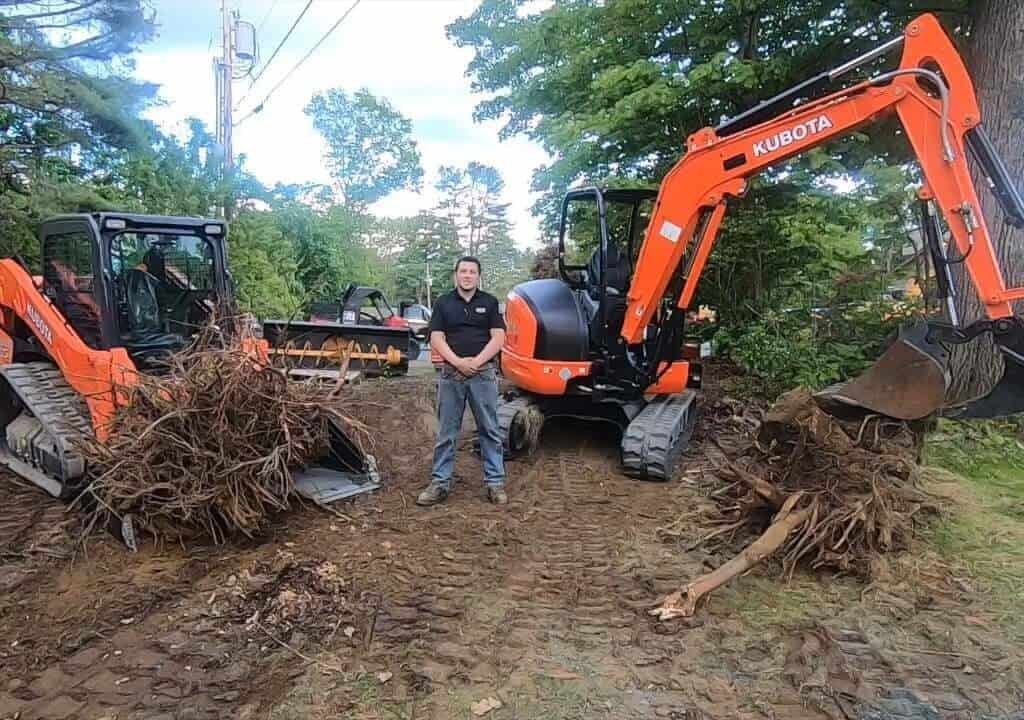
لا يتطلب قيادة الحفارة سوى 6 رافعات تحكم ، 2 للذراع الميكانيكي والدلو ، 2 للزاحف ، واحد للجرافة ، وواحد للكسارة والقابض. عند دخول سيارة الكابينة الحفارة ، يجب أولاً ارتداء حزام الأمان لمنع الحفارة من التدحرج والتسبب في إصابة. ثم اسحب ذراع الأمان ، وقم بتقليل الخانق إلى الحد الأدنى ، ثم إشعال. بعد الإشعال ، قم بتسخين المحرك لمدة 3 دقائق لتجنب إتلاف المحرك. يجب سحب ذراع السلامة قبل الاشتعال ، وإلا لا يمكن أن تبدأ. سيؤدي سحب ذراع الأمان إلى قفل جميع حركات الحفارة. تأكد من سحب ذراع الأمان أثناء انتظار تجنب الخسائر الناجمة عن سوء التعاون.
تقع ذراع التشغيل الزاحف في الحفارة مباشرة أمام مقعد السائق. تتحكم ذراع التشغيل الأيسر في الزاحف الأيسر ، والرافعة التشغيل اليمنى تتحكم في الزاحف الأيمن. ادفع ذراع التشغيل للأمام لتدوير الزاحف للأمام ، وادفعه للخلف للتدوير للخلف. أدوات التشغيل على الجانبين الأيسر والأيمن من مقعد السائق هي الرافعات التشغيلية للذراع الميكانيكي والجرافة. يتحكم ذراع التشغيل الأيسر في الساعد إلى الأمام والخلف. سيؤدي الدفع إلى الأمام إلى تمديد الساعد إلى الأمام ، وسوف يتراجع دفع الساعد إلى الوراء ؛ يتحكم ذراع التشغيل الأيسر في محرك دوار يسار ويمين. إن دفعه إلى اليسار سيحول اليسار إلى اليسار ، وسيؤدي دفعه إلى اليمين إلى تحويل جسم الطائرة إلى اليمين. يتحكم ذراع التشغيل الأيمن في الذراع إلى الأمام والخلف. دفع إلى الأمام سيؤدي إلى خفض الذراع ، وسيقوم الدفع للخلف برفع الذراع ؛ تتحكم ذراع التشغيل اليمنى في الدلو الأيسر واليمين. إن دفعه إلى اليسار سيحفر ، ودفعه إلى اليمين سوف يسقط. عادةً ما تكون ذراع التشغيل للجرافة على الجانب الأيمن من مقعد السائق. سيؤدي الدفع إلى الأمام إلى خفض الجرافة ، وسيؤدي دفعه إلى الخلف إلى رفع الجرافة. عادةً ما يكون الكسارة رافعة تعمل بجوار ذراع التشغيل الزاحف. سيجعل التنحي لأسفل العمل ، ورفعها سيتوقف.
الخطوة الأولى في تعلم قيادة حفارة هي أن تكون على دراية بوظائف واستخدامات كل ذراع تشغيل للحفارة. الشيء الأكثر أهمية هو تعزيز التحكم والشعور بكل عمل للحفارة ، وكذلك تنسيق كل إجراء. قيادة الحفارة هي حرفة ، والكفاءة مرتبطة بعمق بطول وقت القيادة. طالما كنت تقود أكثر ، سوف تصبح بارعا. يجب تنسيق الحركات المختلطة في الطفرة والساعد والدلو بشكل طبيعي ، وتكون سهلة الاستخدام مثل يديك ؛ الحفار لا يخاف من قطرة الأمام والخلفية ، ولكنه خائف للغاية من عدم المتكافئ على اليسار واليمين ، لأنه يمكن أن يساعد الذراع الميكانيكي في المقدمة والخلفية ، في حين أن التفاوت على اليسار واليمين سيؤدي إلى انقلبه. بمجرد أن يتحرك الذراع الميكانيكي ، سيتغير مركز ثقل الحفارة. يرتبط مركز ثقل الحفارة ارتباطًا وثيقًا بوضع الدلو. عندما يتم تمديد الجرافة للأمام ، يتحرك مركز ثقل الحفارة للأمام ، وعندما يتم سحبه ، يتحرك مركز الثقل إلى الداخل. عندما يتم رفع الدلو ، يرتفع مركز الثقل ، وعندما يتم تخفيض الدلو ، يتحرك مركز الثقل لأسفل.
يحتاج الحفريات إلى الذراع الميكانيكي للتعاون مع الزاحف للتحرك صعودًا وهبوطًا ، وكذلك في ظروف الطرق غير المتكافئة ؛ عند الارتفاع ، يجب تمديد الدلو إلى الأمام قدر الإمكان ، أثناء ربط الأرض ، وأثناء التحكم في الزاحف للمضي قدمًا ، يتم سحب الساعد ويتم رفع الطفرة. عندما ينتقل حفارة إلى الموضع الذي يتم فيه توصيل الجرافة ، من الضروري إطلاق الدلو ، وربط الأرض في المقدمة مرة أخرى ، ثم استمر في المضي قدمًا ؛ إذا كان المنحدر شديد الانحدار بحيث لا يمكن أن يرتفع الحفارة ، فلا تتحمل المخاطر. عندما ينحدر الحفريات إلى أسفل ، يحتاج إلى استخدام الدلو لدعم المكان المنخفض لمنع الحفارة من التحول إلى الأمام. تشبه العملية صعودًا ، لكنها لا تحتاج إلى ربط الأرض ، إلا أن الجزء الخلفي من الدلو يحتاج فقط إلى دعمه.
مطلوب تعاون الذراع الميكانيكية أيضًا عند تغيير اتجاه الزاحف. أولاً ، استخدم الدلو لدعم الحفارة ، وترك جزءًا من زحفين فقط على اتصال مع الأرض. لتحويل الزاحف إلى اليمين ، تحتاج إلى تحويل محرك التوجيه إلى اليسار ، وفي الوقت نفسه ، يتحرك الزاحف الأيمن للخلف ويتحرك الزاحف الأيسر للأمام (لا يمكن تشغيل اثنين من الزاحف العاملة في الاتجاه المعاكس في نفس الوقت ، ويجب أن يكون أحدهما في المقدمة والآخر للخلف) ، ويتم اكتمال الإجراءات الثلاثة في التنسيق ؛ لتحويل الزاحف إلى اليسار ، تحتاج إلى تحويل محرك التوجيه إلى اليمين ، وفي الوقت نفسه ، يتحرك الزاحف الأيمن للأمام ويتحرك الزاحف الأيسر للخلف ؛ لا يمكن أن يتجاوز الذراع الميكانيكي والدلو قطري الزحفين عند التعاون في التوجيه ، وإلا فإنه سوف ينتهي.
الحفارات تخافون أكثر من الماء. إذا تجاوز مستوى المياه نصف الزاحف ، فلن يتمكنوا من الذهاب. من الأفضل عدم كسب المال من تحمل المخاطر مع الحفارة ؛ في الوقت نفسه ، يجب عليك استخدام أسنان الجرافة لاختبار ظروف التربة قبل التحرك. يمكن أن تجعل الأرض التي تكون رقيقة جدًا وناعمة جدًا بسهولة الحفارة فيها ، ومن الصعب الخروج إذا غرقت فيه. عندما يعمل الحفارة ، يمكن استخدام الجرافة لتحقيق الاستقرار في الجسم ، أو يمكن نقل الحفارة ويمكن التحكم في الجرافة لدفع التربة. يتم تثبيت الدلو على الساعد مع اثنين من المسامير. عند استبدال الجرافة ، تحتاج إلى سحب المسامير ، ثم قم بمحاذاة ثقوب الدلو أو الكسارة الجديدة ، وإدراج المسامير وإصلاحهما ؛ عادةً ما يتم إدخال الثقوب الموجودة على الساعد أولاً ، ثم يتم إدخال الثقوب التي تسيطر عليها أسطوانة الساعد. إذا تم استبدال الكسارة ، يجب توصيل أنابيب زيت. انتبه إلى التمييز بين أنبوب الزيت وأنبوب الزيت.
إذا سقط المسار ، فأنت بحاجة إلى إزالة المسمار الشحوم لعجلة التوتر أولاً ، ثم اضغط على عجلة التوتر ، ثم قم بإطلاق الشحوم ، ثم قم بتثبيت المسار ، وتشديد المسمار الشحوم ، وملء الشحم ، ويتم إعادة تثبيت المسار. عندما يعمل الحفريات ، احرص على عدم لمس الأسطوانة وجسم الذراع الميكانيكية. الحفارات فوق حفارة صغيرة لها الأرداف. احرص على عدم ضرب المبنى والناس عند الدوران. انتبه إلى الجانب الأيمن من الأرداف عندما يتحول الدلو إلى اليسار ، وانتبه إلى الجانب الأيسر من الأرداف عندما يتحول الدلو إلى اليمين (مقابل اتجاه الدلو). كل يوم بعد النزول من العمل ، تحتاج إلى شحوم كل وضع متحرك للذراع الميكانيكي والمحرك الدوار لتقليل تآكل الحفارة. عند وقوف الحفارة ، تحتاج إلى إيقافها على أرض مسطحة ، وليس هناك خطر من السقوط فوق رأسك لتجنب إتلاف الحفارة. في الوقت نفسه ، يجب سحب أسطوانة الزيت التي تتحكم في الدلو ، ويجب أن تلمس أسنان الجرافة الأرض بلطف لتجنب إتلاف اسطوانة الزيت. قبل بدء الحفارة كل صباح ، يجب عليك أولاً التحقق مما إذا كان زيت المحرك والمبرد والزيت الهيدروليكي كافيين لتجنب إتلاف الحفارة.
غالبًا ما تكون مخاطر قيادة الحفارة في الحركة والعمل. عند العمل ، يجب إعطاء الأولوية للكفاءة. يجب ملء كل دلو ، ويجب أن يكون لكل إجراء إخراج ومعنى. الخطوة الأولى للتعلم عند قيادة حفارة هي التوقف. التوقف أكثر أهمية من العمل ، لأن التوقف يمكن أن يقلل من المخاطر. يمكن أن يؤدي إيقاف الحركة إلى تقليل خطر حدوث تلف في الحفارة. يمكن أن يؤدي إيقاف السيطرة على الذراع الميكانيكية إلى تقليل خطر الإصابة وتلف الممتلكات. لا توجد حوادث فوز. عند دخول موقع البناء ، تتمثل الخطوة الأولى أولاً في تقييم ما إذا كانت العروض اليسرى واليمين والارتفاعات العلوية والسفلية كافية لتمرير الحفارة وتدويرها ورفع الذراع ، وما إذا كانت هناك مخاطر محتملة مثل البودل والمنحدرات الحادة ؛ بعد التأكيد على وجود مساحة كافية ولا مخاطر ، تتمثل الخطوة التالية في إصلاح طريق البناء أولاً لمنع الحفارة من الإمالة والتداول.
باتباع هذه الخطوات ، يمكنك تشغيل الحفارة بأمان وفعالية.
8. هيكل الحفارة
- CAB: هذا هو المكان الذي يجلس فيه المشغل ، مجهزًا برافعات التحكم ، ومقعد ، وحزام مقعد ، ولوحة معلومات للتحكم في عمليات الحفارة ومراقبتها.
- BOOM: BOOM هو جزء أساسي يربط الكابينة بالدلو ، المستخدمة في المقام الأول للتحكم في حركة أعلى ولأسفل للدلو.
- الذراع: يتم توصيل الذراع بنهاية الطفرة ويستخدم لتمديد الدلو وتراجعه ، مما يسمح للحفر بالوصول إلى أعماق حفر مختلفة.
- دلو: يقع الدلو في نهاية الذراع ويستخدم للحفر وحمل التربة أو إلقاء التربة أو غيرها من المواد.
- منصة التأرجح: يتم توصيل منصة التأرجح بالهيكل السفلي ، مما يتيح الكابينة والازدهار لتدوير 360 درجة ، وبالتالي توسيع نطاق العمل.
- الهيكل السفلي: الهيكل السفلي هو أساس الحفارة ، ومجهز عادة بمسارات أو إطارات لتوفير الاستقرار والتنقل.
- النظام الهيدروليكي: يتكون النظام الهيدروليكي من مضخة هيدروليكية ، أسطوانات هيدروليكية ، وخراطيم هيدروليكية ، مما يوفر الطاقة اللازمة لحركة الطفرة والذراع والجرافة.
- المحرك: المحرك هو مصدر الطاقة للحفارة ، وعادة ما يكون محرك الديزل ، ويوفر الطاقة اللازمة للتشغيل.
- الموازنة: يقع الموازنة في الجزء الخلفي من الحفارة لموازنة وزن الطفرة والدلو ، مما يضمن الاستقرار أثناء التشغيل.
- المسارات أو الإطارات: يتم تثبيت المسارات أو الإطارات على الهيكل السفلي لدعم الحفارة وتوفير التنقل عبر التضاريس المختلفة.
- نظام التحكم: يتضمن نظام التحكم رافعات ومفاتيح مختلفة المستخدمة لتشغيل أجزاء ووظائف مختلفة للحفر.
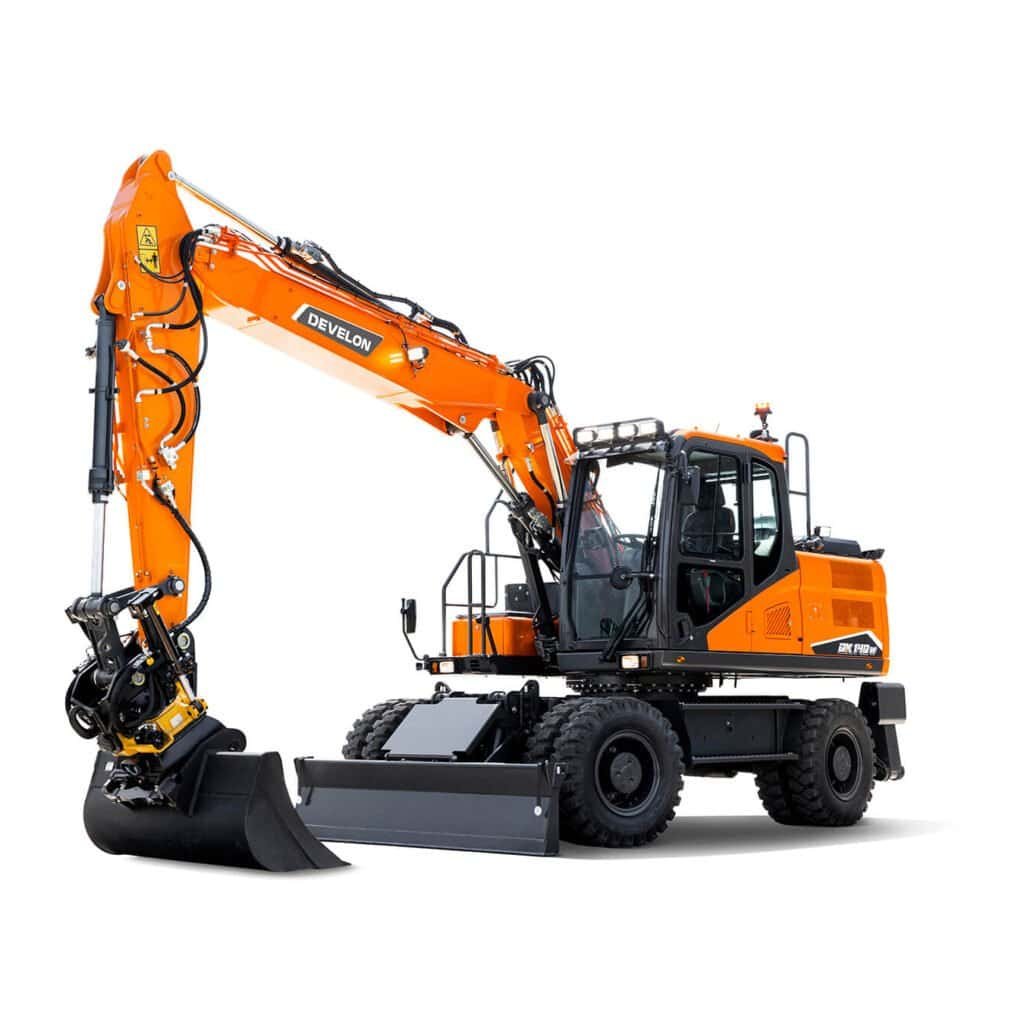
من خلال فهم هيكل الحفارة ، يمكن للمشغلين إتقان المعدات والحفاظ عليها ، وبالتالي تحسين كفاءة العمل وسلامة العمل.
9. نصائح لمهام الحفارة المختلفة
- تحميل
- تحديد المواقع: ضع حفارة بجانب الشاحنة ، مما يضمن أن تتمكن بسهولة من الوصول إلى كل جزء من الشاحنة.
- الاستقرار: تأكد من أن مسارات أو إطارات الحفارة مستقرة لمنع الهز أثناء التشغيل.
- التحكم: استخدم الطفرة والذراع لحفر الدلو في كومة المواد.
- الرفع: ارفع الطفرة ببطء ، وضمان عدم تساقط المواد الموجودة في الدلو.
- التأرجح: قم بتدوير الكابينة لتحريك الدلو فوق الشاحنة.
- الإغراق: افتح الدلو لتفريغ المواد في الشاحنة.
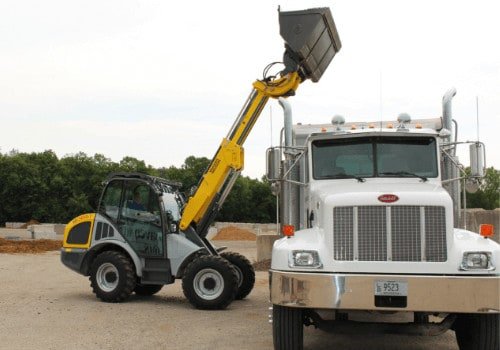
أهم شيء للتحميل هو ملء كل دلو ، وإلا فإنه سيكون غير فعال. تأكد من أن كل إجراء ذي معنى ومنتج. عادة ، عند التحميل ، تحتاج إلى الوقوف على المادة ، وجعل مسار التراجع ناعمًا ، ثم تراجع أثناء تحميل السيارة. هذه هي الطريقة الأكثر كفاءة. بعد ملء الدلو ، تحتاج إلى رفع الدلو فوق ارتفاع باب السيارة ، ثم ضع الدلو داخل باب السيارة ، ثم صب المادة. املأ السيارة حتى تفيض تقريبًا ، ثم قم بتركيب القرن للإشارة إلى شاحنة الوحل لأخذها بعيدًا. بعد أوراق شاحنة Muck ، تحتاج إلى قضاء بعض الوقت لإصلاح مسار التراجع وجمع المادة المنسكبة على الأرض.
- وضع المفسدين
- اختيار بقعة: حدد موقعًا آمنًا لوضع الغنائم ، والتأكد من عدم تعارضه مع العمل أو الموظفين الآخرين.
- التشغيل السلس: قم بتشغيل أذرع التحكم ببطء لمنع بقع التربة المفرطة.
- حتى التوزيع: قم بتوزيع التربة بالتساوي على المنطقة المحددة لضمان سطح مسطح.
- الخندق
- التخطيط: خطط للعرض وعمق وموقع الخندق قبل الحفر.
- تحديد المواقع: ضع الحفارة في أحد طرفي الخندق.
- التحكم الدقيق: استخدم الطفرة والذراع لحفر التربة ببطء ، والحفاظ على شكل الخندق وأبعاده.
- الاستمرارية: تحرك باستمرار حفارة للحفاظ على الخندق متسقًا وموحدًا.
تتمثل متطلبات الخندق في أن الخندق يجب أن يكون مستقيمًا ، ويجب أن يكون أسفل الخندق مسطحًا ، ويجب أن يفي العمق بالمتطلبات ، ويجب أن يكون العرض قياسيًا. عند حفر الخنادق ، يتم وضع خطوط الليمون عادة على الأرض لتمييز اتجاه الخندق. في معظم الأوقات ، يمكن سكب التربة من الخندق مباشرة بجوار الخندق من أجل الردم ، ولكن في بعض الأحيان يجب تحميلها وإبعادها. ما يحدد ما إذا كان الخندق يتم حفره مستقيم هو حركة الحفارة. إذا كان الحفريات تنحرف من خط الجير عند التحرك ، فسيتم أيضًا ملتوية الخندق. لذلك ، عند التحرك ، تحتاج إلى العثور على مرجع على الحفارة ونقله إلى خط الجير مع المرجع. عند حفر الخنادق ، يمكنك استخدام الدلو وجذر الذراع الكبير للتوافق مع خط الجير (تحدد نقطتان خط مستقيم). طالما أن الحركة ودلو الذراع الميكانيكية يتم محاذاة مع خط الجير ، لن يتم حفر الخندق بشكل أساسي. عادة ما يتم إبلاغ عمق الخندق من قبل عامل البناء. يمكنك العثور على عصا خشبية كمرجع ، أو يمكنك استخدام الدلو والساعد كمرجع. تحتاج إلى النزول من السيارة لقياس كل قسم لمعرفة ما إذا كان العمق يفي بالمتطلبات. يمكن أيضًا التحكم في العرض بنفس الطريقة. عند حفر الخنادق ، يجب أن تكون الجوانب اليمنى واليسرى من الحفارة مستويين ، لأنه إذا كان جسم الطائرة مائلًا ، فإن الدلو يميل أيضًا ، وسيكون الخندق مرتفعًا على جانب واحد ومنخفض على الجانب الآخر. طالما أن العمق يتم التحكم فيه بشكل جيد ، فإن الجزء السفلي من الخندق سيكون مسطحًا بشكل أساسي.
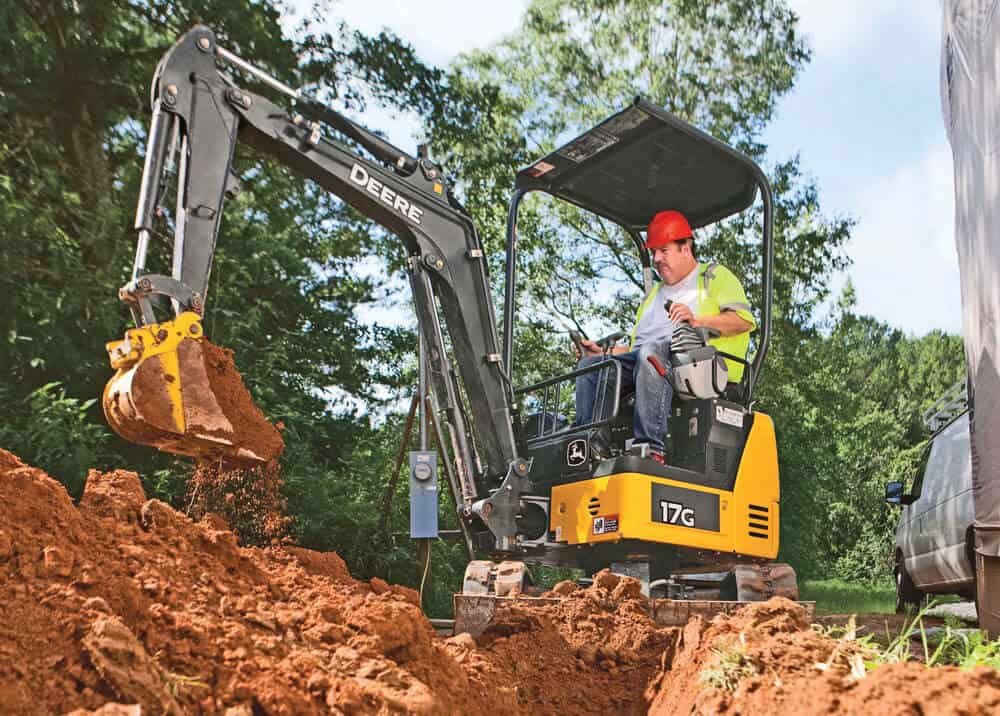
- التسوية
- تحديد المواقع: ضع الحفارة في المنطقة التي تحتاج إلى تسوية.
- الحفر الضحل: استخدم الدلو للحفر الضحلة لإزالة المخالفات السطحية.
- التشغيل السلس: حرك الطفرة والذراع ببطء لضمان تسوية الأرض.
- التحقق: الخروج بشكل دوري والتحقق من نتائج التسوية لضمان التسطيح المطلوب.
- كسر
- قم بإرفاق الكسارة: تأكد من إرفاق الكسارة بشكل آمن وتوصيله بشكل صحيح بالنظام الهيدروليكي.
- تحديد المواقع: ضع حفارة بجانب الكائن الذي يحتاج إلى كسر.
- ضبط الموضع: استخدم الطفرة والذراع لوضع الكسارة عند نقطة التأثير.
- العملية: ابدأ الكسارة ، وتطبيق القوة ببطء لضمان الاستقرار أثناء عملية كسر.
- فحص السلامة: مراقبة حالة الكسارة باستمرار لمنع الأضرار أو الفشل العرضي.
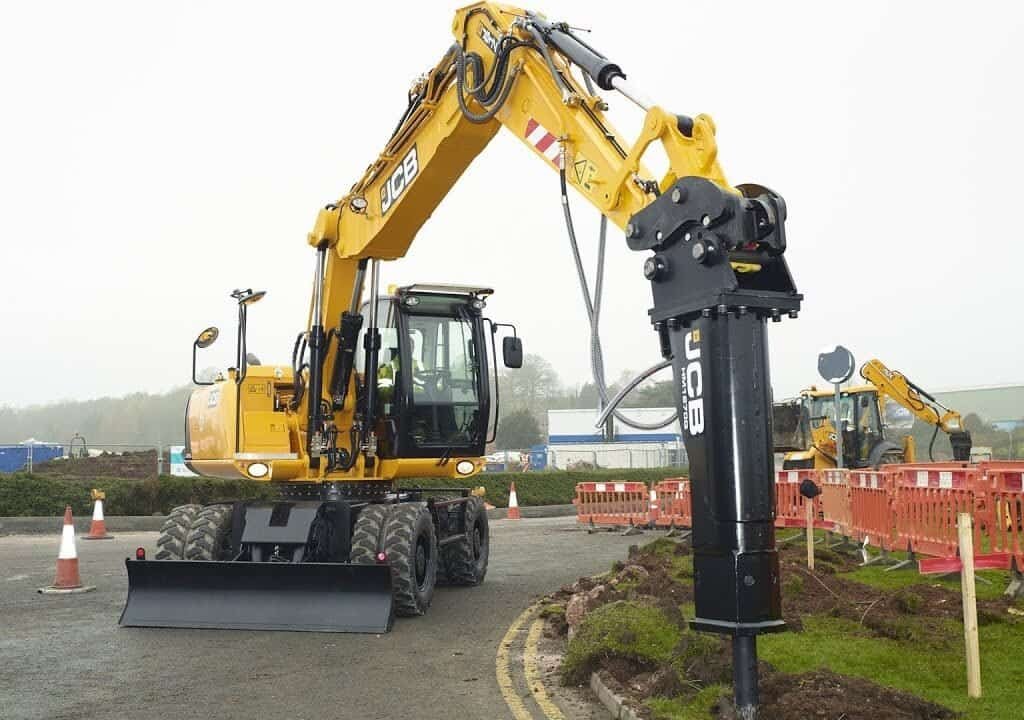
قبل التكسير ، تحتاج إلى استبدال المطرقة وارتداء سدادات الأذن التي تقلل من الضوضاء لحماية سمعك. عند السحق ، يجب أن يكون قضيب الحفر 90 درجة عموديًا على الأرض ، ويجب ألا يكون الساعد عموديًا على الأرض ، وإلا فإن أسطوانة الزيت ستضر. بعد ضبط زاوية قضيب الحفر ، قم بخفض الذراع لإضافة ضغط الوزن إلى رأس سحق ، ثم خطوة على دواسة التكسير لسحقها. لا تقف بقوة عند سحب قضيب الحفر ، وإلا فقد يكسر قضيب الحفر. عند السحق ، يجب أن يقف الحفارة على كتلة الخرسانة المكسورة لسحق الخرسانة في المقدمة. بعد السحق ، تراجع الساعد ، وقم بالخرسانة ، ثم تسوية الكتلة الخرسانية تقريبًا للحفاظ على جسم الطائرة مستقرًا ، ثم تحريك موضع الماكينة لمواصلة سحق الخرسانة في المقدمة.
By following these techniques, you can efficiently perform various excavator tasks while ensuring safety and precision.
WhatsApp For More Detailed Information +86 19153871620

